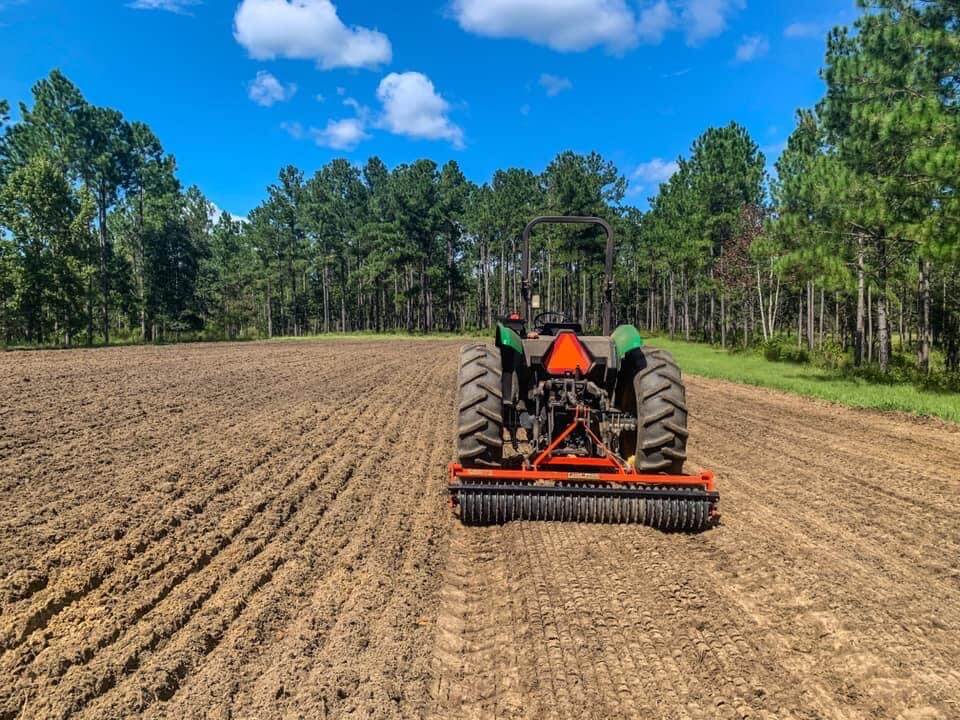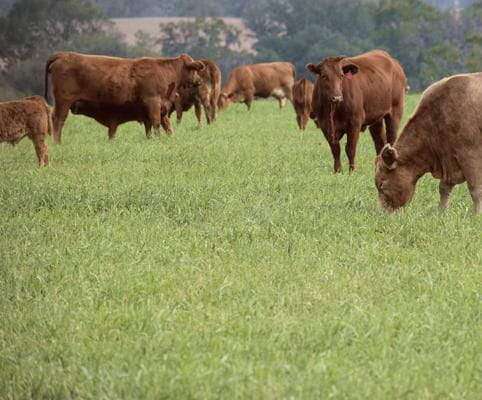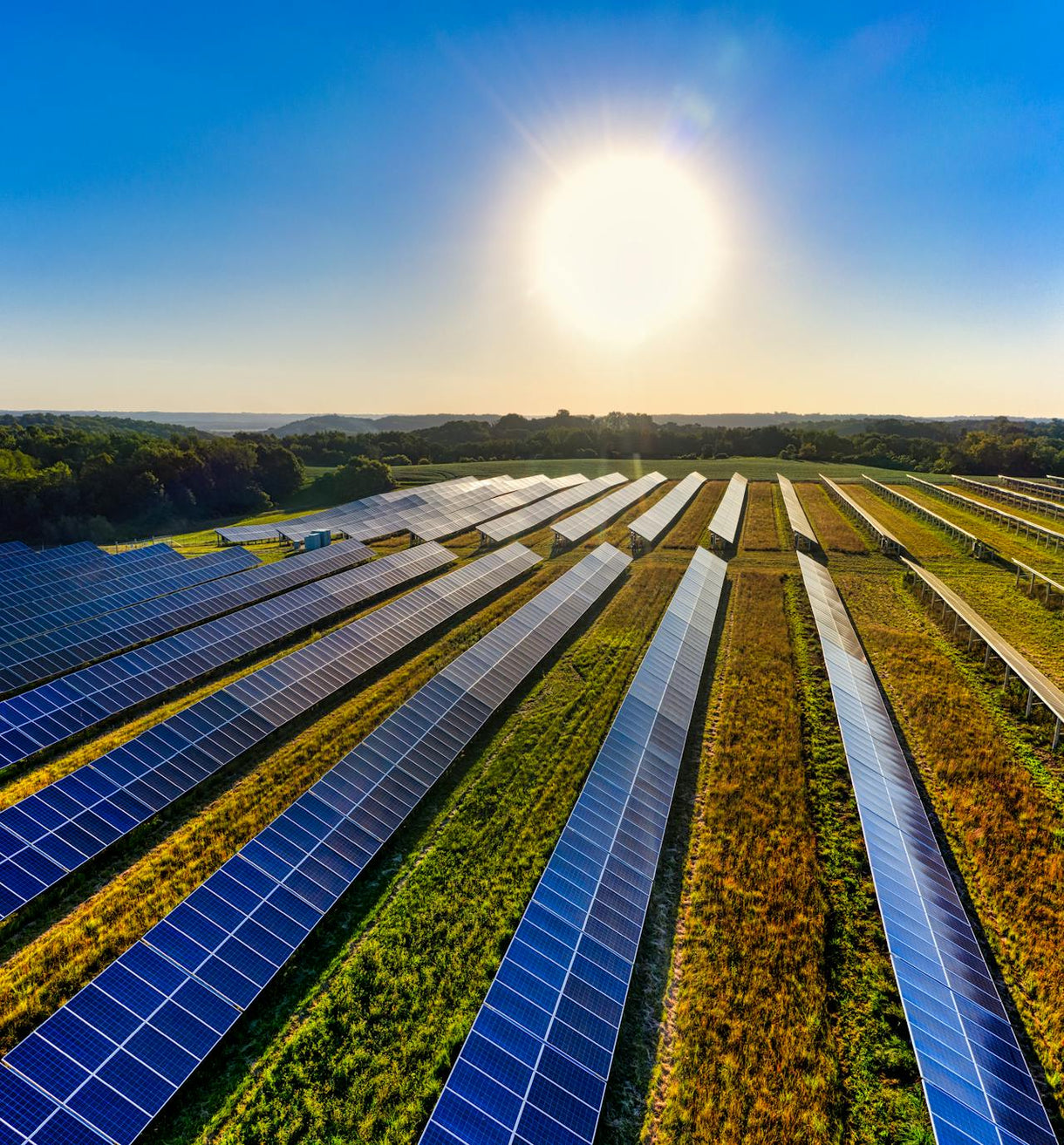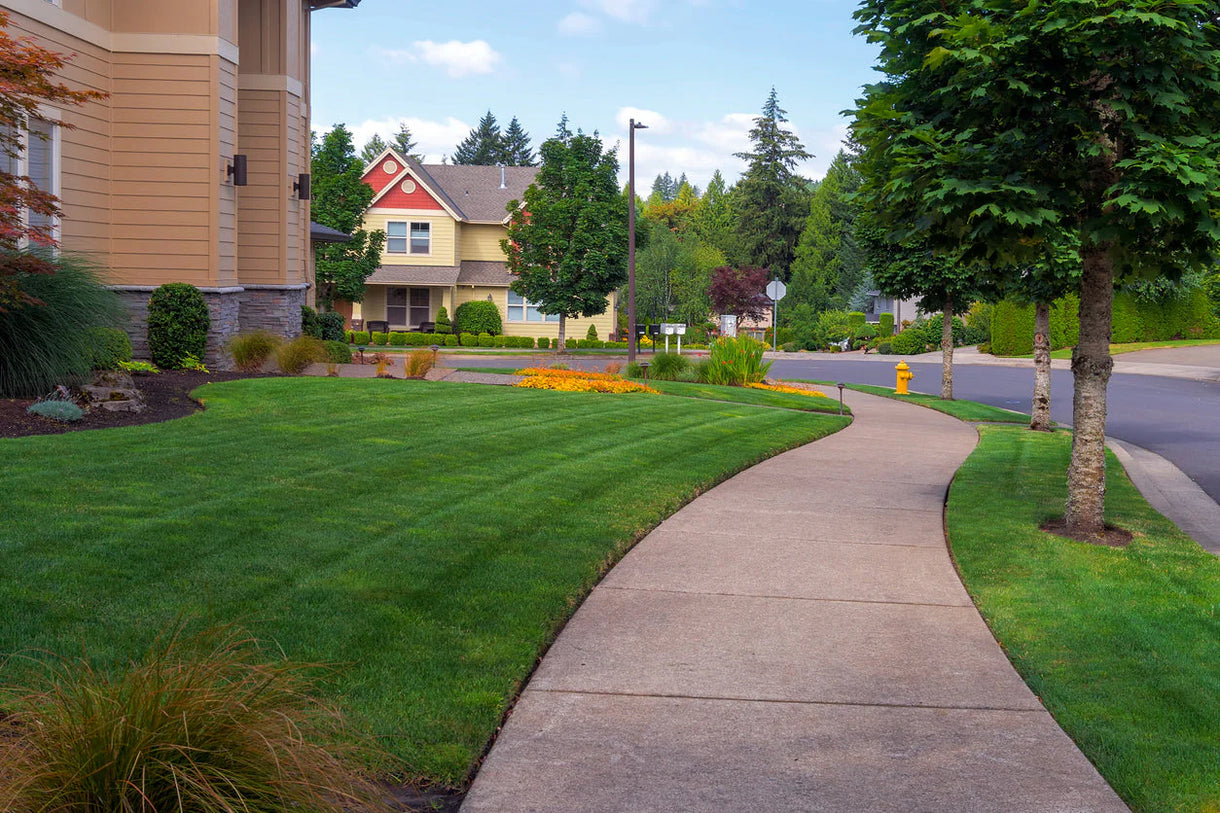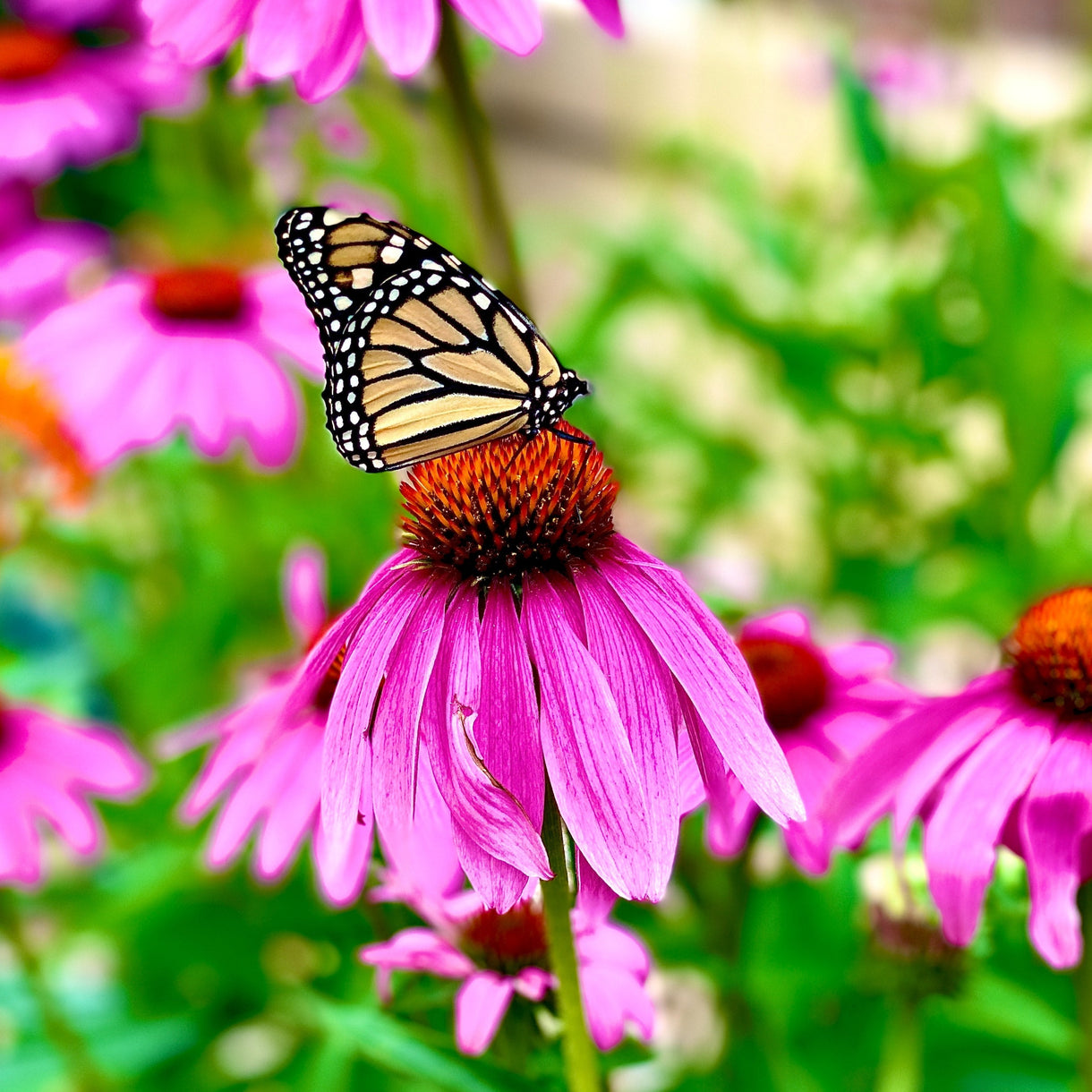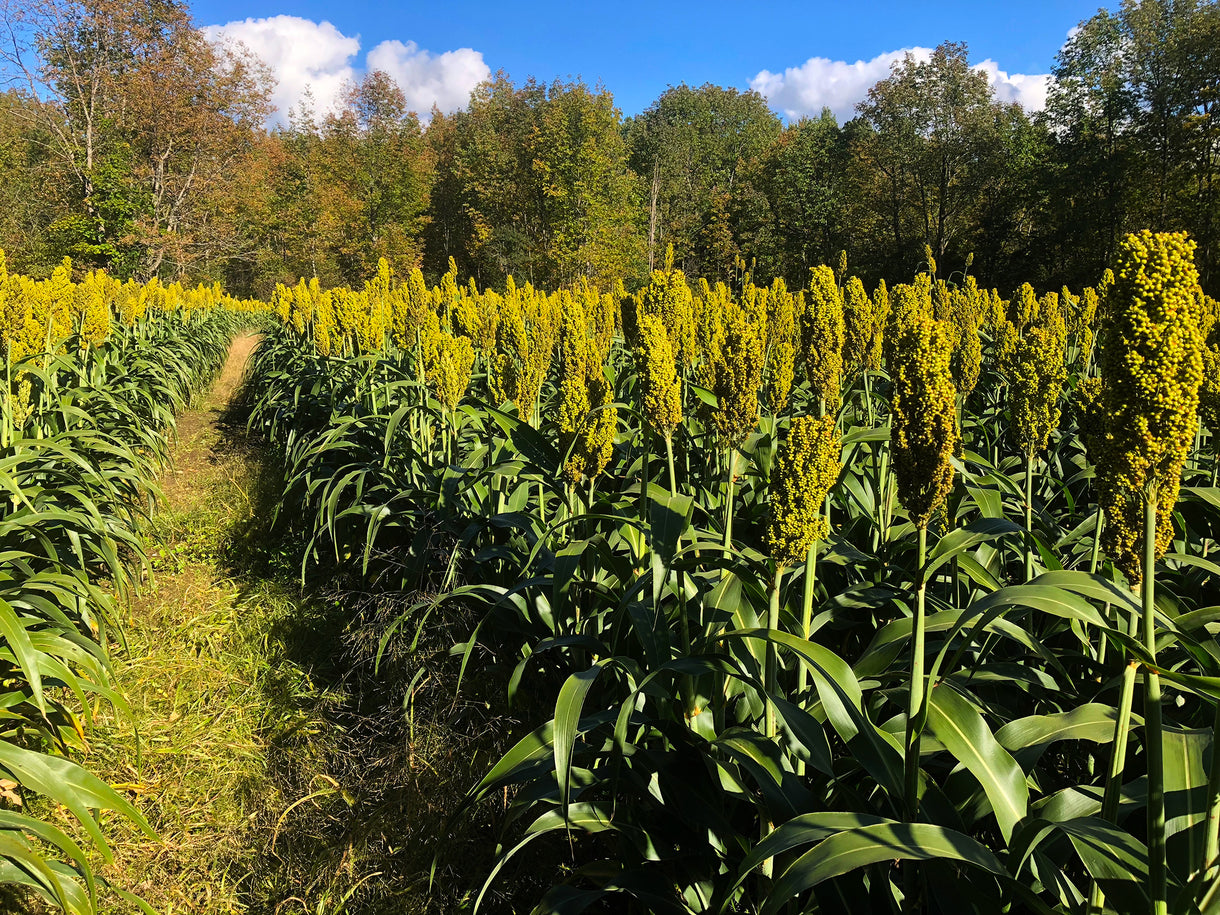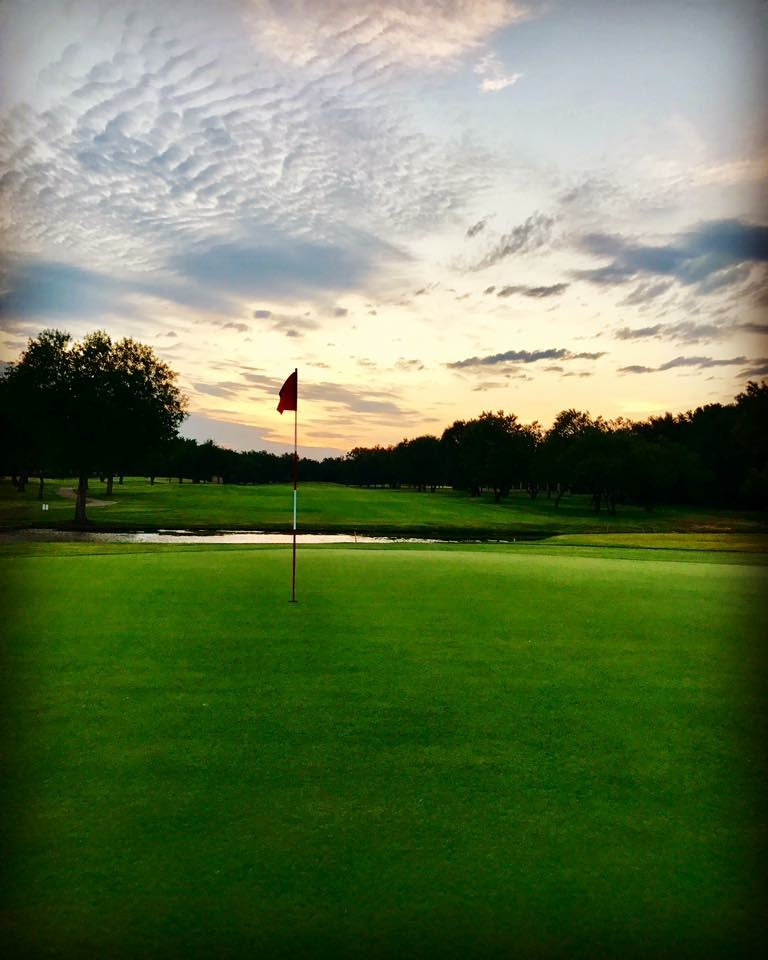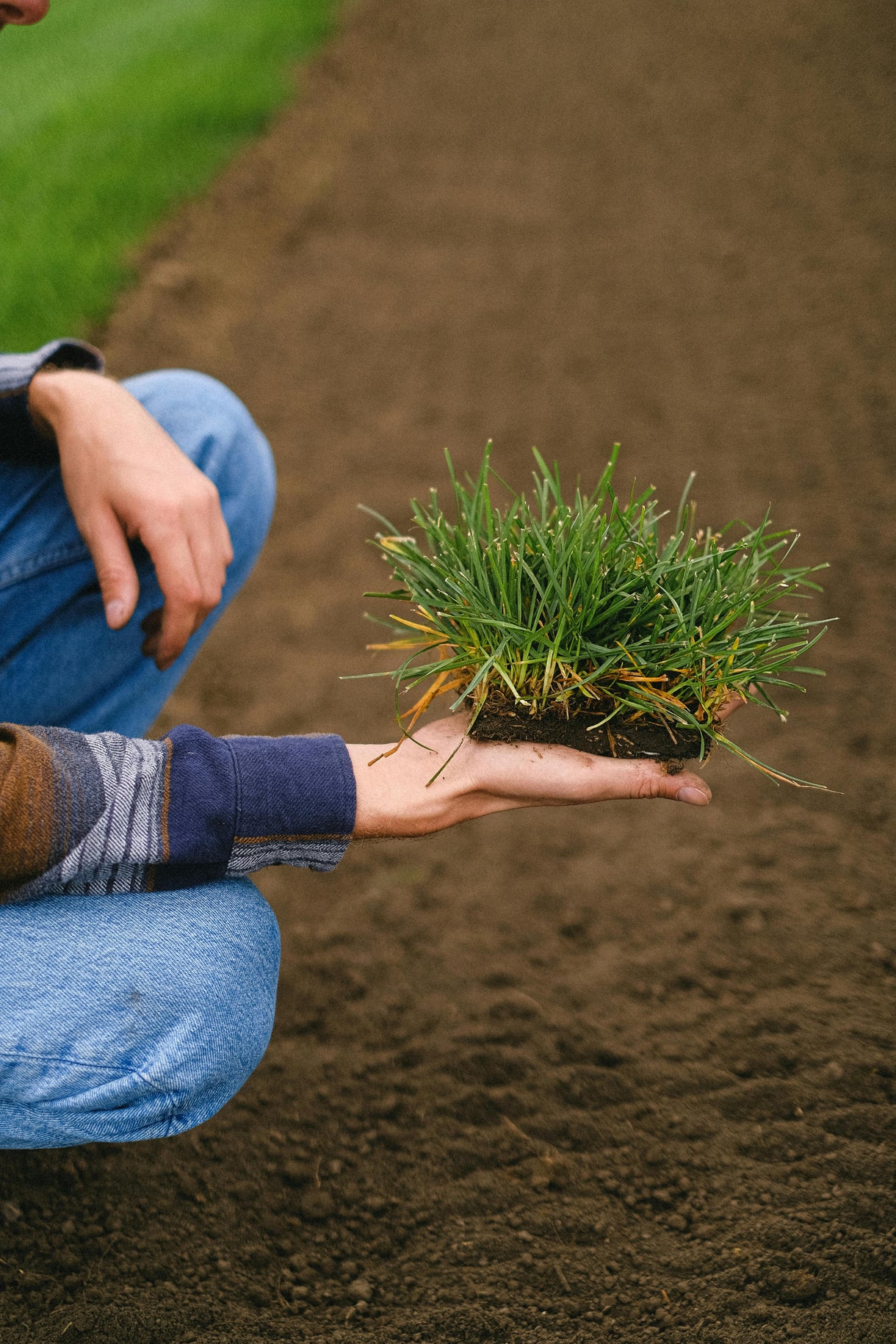Popular Products
Popular Products

Seed Quality
Hancock Seed is dedicated to delivering the best seeds possible to our customers. Hancock Seed grows and harvests many of our products, and we acquire the majority of the rest from other family farmers.
All these seeds are processed, packaged and shipped from Hancock Farm. This helps us ensure that our high standards are met. Unlike much of the competition, we refuse to sell you a seed that was not gathered during the last harvest. You will always receive fresh product from Hancock.
Every seed we grow comes with 40 years of experience behind it...you can rest assured that all of our products are cultivated in a method that assures its potential for growth.

Your cart ( 0 )

Buffalograss is the only native grass seed species that is used widely for lawn and turf applications. Fossils discovered in Kansas show that buffalograss existed in that region at least 7 million years ago. Buffalo grass was the principal forage grass for the American bison, hence the name. Buffalograss is well adapted to the drylands of the western prairies and plains, and in recent years new varieties have been developed to extend its natural area of adaptation.
Product Information
- Application or Use: Lawn, Turf
- Germination Time: 14 - 21 days, under optimal conditions
- Growing Locations: Warm Season & Transition Zone
- Height: 1 - 2 inches
- Sunlight Requirements: 6 - 8 hours, full sun for best results
- Advantages: Excellent tolerance to drought, cold climates, and frequent traffic.
- When to Plant: Recommended planting time is spring and summer when night time temperatures are consistently 65+ degrees.
Product Details
- Warm-season grass
- Heat and drought tolerant
- Designed to create great turf density
- Excellent for natural-looking lawns, turfs, and recreational areas
- Low-maintenance, easy to maintain
Product Information
Buffalograss adapts best to full sun, but acceptable turf can be grown with 6 to 8 hours per day of direct sunlight. It is one of the most heat and drought tolerant of turfgrass species. Buffalograss has better cold tolerance than other warm-season turfgrasses, but the degree of cold tolerance varies among cultivars. Buffalograss does not germinate as a dense stand like tall fescue. One seedling per square foot is adequate because buffalograss becomes progressively thicker each year as the stolons spread.
All of our Buffalograss has been 'primed' to ensure faster and more uniform germination and establishment. This process breaks the natural dormancy of the seed and ensures that the seed starts growing more quickly when planted.
Buffalograss may be seeded or it may be vegetatively established using either sod or plugs or both, depending on the cultivar. Seeded cultivars will have both male and female flowers, while sodded types are predominantly female.The best time to plant is late spring or early summer, although sod and plugs may be planted as late as August or early September.
Buffalograss is a warm-season grass that spreads by above ground stems called stolons. Reproduction is dioecious -- female and male flowers are located on separate plants. Seed heads on male plants are located high in the turf grass canopy, while female seed heads are found near the base of the plant.
Avoid frequent irrigation, and water only as needed to maintain desired quality. For chemical weed control, use only products labeled for buffalograss. Avoid over-fertilization with nitrogen. Do not use 2,4-D on buffalograss during the first year of establishment or when temperature exceeds 80 degrees Fahrenheit. Fall applications are preferred for control of broadleaf weeds in buffalograss.
*Product packaging may appear different than what is pictured.
Seeding
Buffalograss seed burs should be planted at a rate of 1 to 3 pounds per 1,000 square feet. Seeding at the higher recommended rate should provide complete lawn coverage in one season. Seed burrs should be planted at a depth of 1/16 inch or less. Grooves can be made in the soil to receive seed using a verticutting machine or with a slicer-seeder machine that opens grooves in the soil and then deposits seed during one operation. It is important to use burrs that have been primed for germination by soaking in potassium nitrate to weaken the coat. Burrs may also be broadcast on the prepared seedbed using a box (drop) fertilizer spreader. Hulled, deburred seed is sometimes available but is much more expensive than burrs. Gently rake broadcasted burrs into the soil surface and then roll to ensure good burr-to-soil contact.
Lightly water the seedbed daily when there is no rain. As seedlings emerge and develop, irrigate less frequently but often enough to prevent drought stress. Mow seedlings at a height of 2 to 3 inches when the new seedlings have reached a height of 3 inches. Try to remove no more than one-third of the vertical growth at each mowing. About six weeks after seeding, apply a slow release nitrogen fertilizer at a rate of 1 pound nitrogen per 1,000 square feet.
Instructions
When choosing to start a new lawn, remove old vegetation by using a de-thatcher, power rake or tiller to kill the existing vegetation. Rake or drag the area to remove debris and dead grass for a clean area. Ensure the soil is leveled and loosened to allow the seed to have good soil contact once spread on a clean seed bed.
If you have an area with heavy weed coverage, we recommend starting fresh by killing and removing the existing vegetation. If you choose to use chemicals, herbicides or fertilizers, you must check with the product's manufacturer prior to planting new seed to ensure the proper waiting period.
When overseeding an existing area, mow your lawn at the lowest setting and bag the clippingsx. Rake or drag any areas that have dead thatch or debris.






